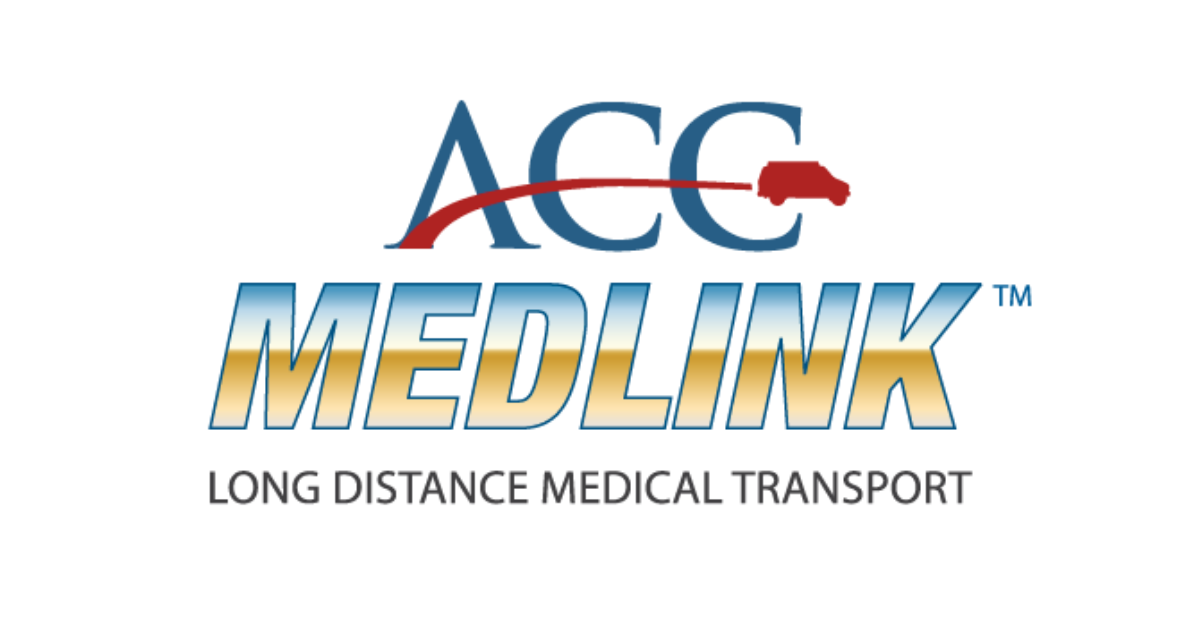Best Transportation Options for Elderly Adults
Elderly patients are burdened with several physical and mental challenges. They often have poor eyesight, reduced mobility, and diminished hearing, making driving difficult. Losing the ability to drive may be detrimental to their sense of independence.
However, their inability to drive may trigger feelings of depression and loneliness. Fortunately, all hope is not lost since the elderly can still meet up with their friends and attend medical appointments and social gatherings.
Caregivers and family members need not even make any efforts to drive them to their outings. There are other options elderly persons can access by themselves. The rise of new technologies has made elder transportation more accessible, safer, and less expensive.
Below is a list of transport options available to the elderly:
Personal Elders Transport
Frustration usually kicks in when an older adult cannot drive around town. Relying on others for their transportation may slowly take away their sense of independence. Ridesharing apps are valuable in this situation. With a few taps on phone buttons, a car ride will show up at their curb to take you on a trip. This is a safe and easy option as your elderly loved ones don’t have to wait long at bus stops.
However, Ridesharing apps may not be conducive for use in some situations. The passenger may have certain medical difficulties that require an extra level of care. Or probably, the vehicle is unable to accommodate a wheelchair. However, big ride-sharing companies provide a service that allows riders to link up with vehicles that accommodate a wheelchair.
Public Transportation for Elderly Adults
Public transportation provides a more affordable means of conveying the elderly to the hospital. Unfortunately, the service provided in this case may not be as comfortable or cozy as other options.
Long Distance Elders Transport
As an elderly patient, you are often restricted to travel in a small area. However, non-emergency medical transport makes it possible for a senior adult to embark on a long-distance trip. However, you have to make a few preparations before the long-distance trip.
Let’s assume an older person who uses a wheelchair is about to travel by air; contacting the airline days or weeks before the trip is the best way to go about the preparation. The airline will provide you with the necessary assistance, and you can choose a seat close to the aisle or bathroom during the trip.
Short-Distance Elders Transport for Medical Appointment
It may be difficult for a family member or caregiver to transport an older adult to the hospital, especially when they have several other engagements. Non-emergency medical transportation (NEMT) can help transport the elderly to the hospital and back to the residence.
NEMT providers are equipped to handle patients who have more serious medical conditions that require an extra level of care. Even though emergency transportation is guaranteed under Medicare coverage, Medicare still encompasses some form of short-distance elder transport.
Conclusion
Older adults no longer need to worry about constantly inconveniencing their loved ones to help them get around. Fortunately, today, several elder transport options are available to older adults, ensuring that they can retain their independence and sense of wellbeing.

